Disclosure: This article contains affiliate links. We may earn a commission from purchases at no extra cost to you, which helps our travel content.
When my manufacturing company sent me to Tokyo for meetings last October, I immediately blocked off the following weekend for Hakone. After 15 years of maximizing business trips for personal exploration, I've learned that 48 hours is all you need to experience mountain magic – if you know where to go. Hakone isn't just another tourist destination; it's a masterclass in efficient travel with extraordinary rewards. Just 90 minutes from Tokyo by train, this volcanic region offers couples an ideal blend of active adventure and romantic relaxation with its hidden hiking trails and authentic mountain onsen (hot springs). As someone who's trekked mountain regions across three continents, I can confidently say Hakone's autumn landscape – with its fiery maples framing that iconic Mount Fuji silhouette – rivals anything I've experienced in the Rockies or Alps. Let me show you how to transform a simple weekend into a rejuvenating mountain retreat that will strengthen your connection with both nature and each other.
Getting to Hakone: The Efficient Business Traveler's Route
After wrapping up Friday meetings in Tokyo, I headed straight to Shinjuku Station with nothing but my trusty travel backpack packed with weekend essentials. This is where Hakone's efficiency truly shines – the Romancecar limited express train whisks you from urban chaos to mountain serenity in just 85 minutes.
I've navigated public transportation across Scandinavia, Switzerland, and beyond, but Japan's system remains unmatched. Purchase the Hakone Free Pass at Shinjuku Station (¥5,700 for a 2-day pass) for unlimited access to the region's comprehensive transportation network – trains, buses, cable cars, ropeways, and even a pirate ship across Lake Ashi. Yes, a pirate ship.
The journey itself becomes part of the experience as you transition from bullet-fast railways to winding mountain switchbacks. I arrived at Hakone-Yumoto Station by 6:30 PM, just as the setting sun cast an amber glow across the forested mountains. From there, local buses connect to accommodations throughout the region.
What continually impresses me about Japanese transportation is the precision. When schedules indicate a 4:27 PM departure, the train pulls away at exactly 4:27 PM. As someone who values efficiency in both my professional and travel life, this reliability allows me to maximize every minute of a short getaway without the stress of transportation uncertainties.
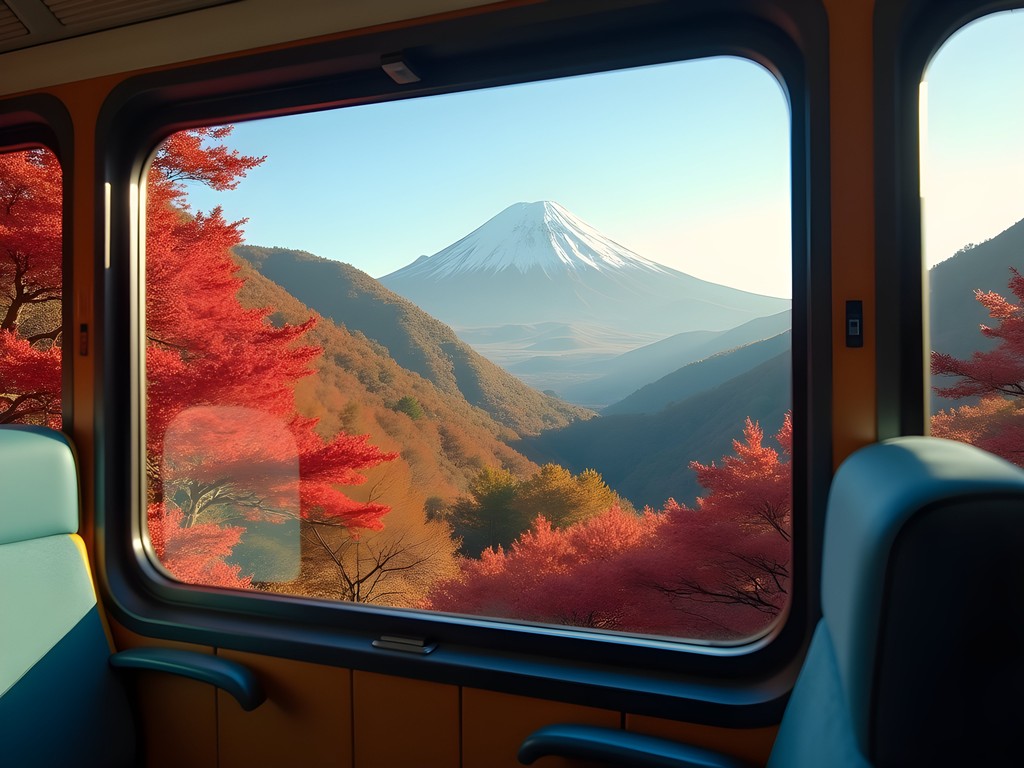
💡 Pro Tips
- Purchase the Hakone Free Pass in Tokyo to save money and avoid ticket lines in Hakone
- Download the Japan Transit Planner app for real-time schedule updates and route planning
- Arrive at Hakone-Yumoto by late afternoon on Friday to enjoy a relaxing evening onsen before Saturday's hiking
Hakone's Hidden Hiking Trails: Beyond the Tourist Routes
While most visitors stick to the well-trodden Hakone Round Course, my manufacturing background has taught me that the most efficient systems often have underutilized pathways – the same applies to hiking trails. On Saturday morning, I set out at dawn (a habit from production floor schedules I can't seem to break) to explore the Old Tokaido Highway, once the main route connecting Tokyo and Kyoto during the Edo period.
The ancient stone-paved path between Hatajuku and Moto-Hakone offers a 6-mile moderate hike through towering cedar forests with minimal crowds. The trail is well-marked but wonderfully serene – I passed only four other hikers during my three-hour journey. Pack your hiking poles for the steeper sections; they saved my knees on several particularly challenging descents.
What makes this trail particularly special in fall is the contrast between the deep green cedars and the explosive crimson Japanese maples. Around the 3-mile mark, the path opens to a clearing that frames Mount Fuji perfectly across Lake Ashi – I literally gasped at the sight of that snow-capped cone rising above a foreground of autumn fire.
For couples seeking a more challenging route, the Owakudani Trail provides an otherworldly experience through an active volcanic valley with bubbling sulfur vents. The landscape resembles something between Iceland and Mars – steam rising from the barren earth while that perfect Fuji silhouette looms in the background. Just be prepared for the strong sulfur smell and check volcanic activity reports before heading out, as the area occasionally closes due to increased activity.
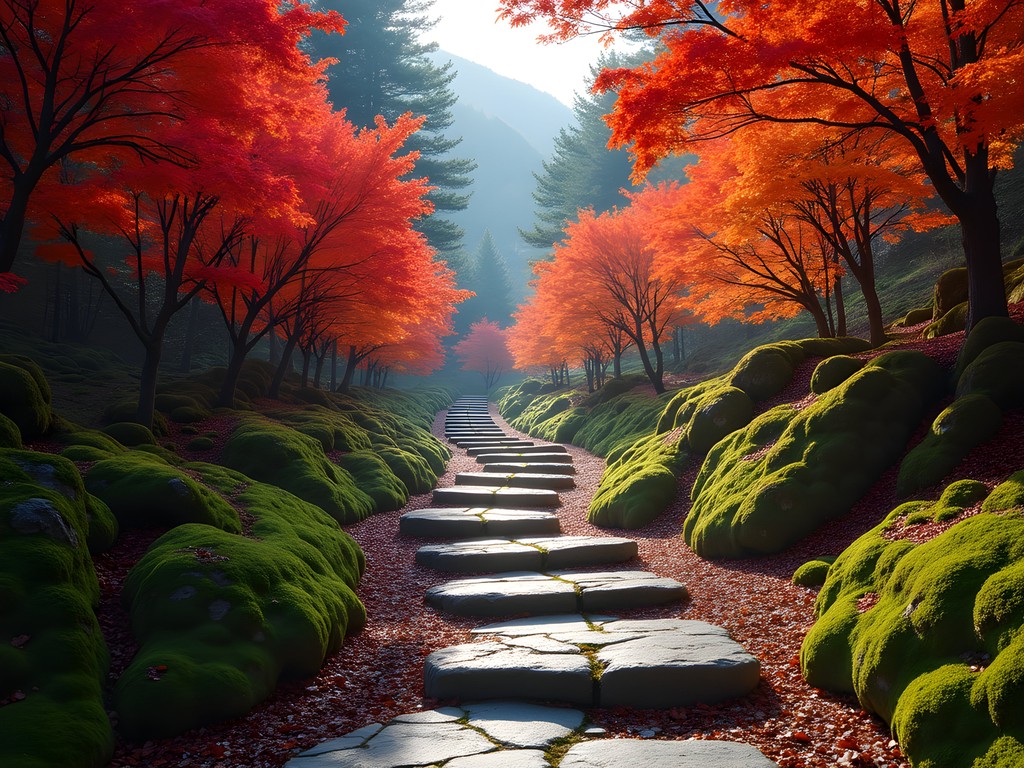
💡 Pro Tips
- Start hiking early (7-8 AM) to avoid both crowds and afternoon cloud cover that often obscures Mount Fuji
- The Cedar Avenue section of the Old Tokaido Highway offers the best fall foliage viewing spots
- Pack a light lunch to enjoy at the Amazake-chaya teahouse, a 350-year-old rest stop along the ancient highway
Mountain Onsen Experiences: Authentic Relaxation After the Trek
After a day of hiking, there's nothing more rewarding than soaking in a natural hot spring while gazing at mountain vistas. This is where Hakone truly excels as a couple's destination – the region offers some of Japan's most scenic onsen experiences.
Having visited thermal baths across multiple continents, I can attest that Hakone's outdoor baths (rotenburo) provide an unparalleled connection between relaxation and nature. Tenzan Onsen became my personal favorite with its multiple outdoor pools set among bamboo forests and maple trees. At ¥1,300 per person, it offers excellent value compared to private ryokan baths while maintaining an authentic atmosphere.
For couples, I recommend timing your visit for sunset (around 5 PM in fall). The changing light creates a magical ambiance as steam rises from the mineral-rich waters into the cooling evening air. Just remember that most public onsen are gender-separated, though some ryokans offer private family baths (kashikiri-buro) that couples can reserve.
The onsen etiquette can initially seem intimidating to Westerners – yes, you'll be completely nude, and yes, you must thoroughly wash before entering the baths. Having navigated this cultural difference in various countries, I've found that bringing a small quick-dry towel provides comfort during transitions between washing areas and baths.
What struck me most was how the onsen experience transformed my perspective on efficiency. In manufacturing, efficiency often means maximizing output while minimizing time. But in an onsen, efficiency means maximizing presence – fully inhabiting a moment of tranquility. My teenage daughter would hardly believe I spent two hours doing absolutely nothing but soaking and stargazing.
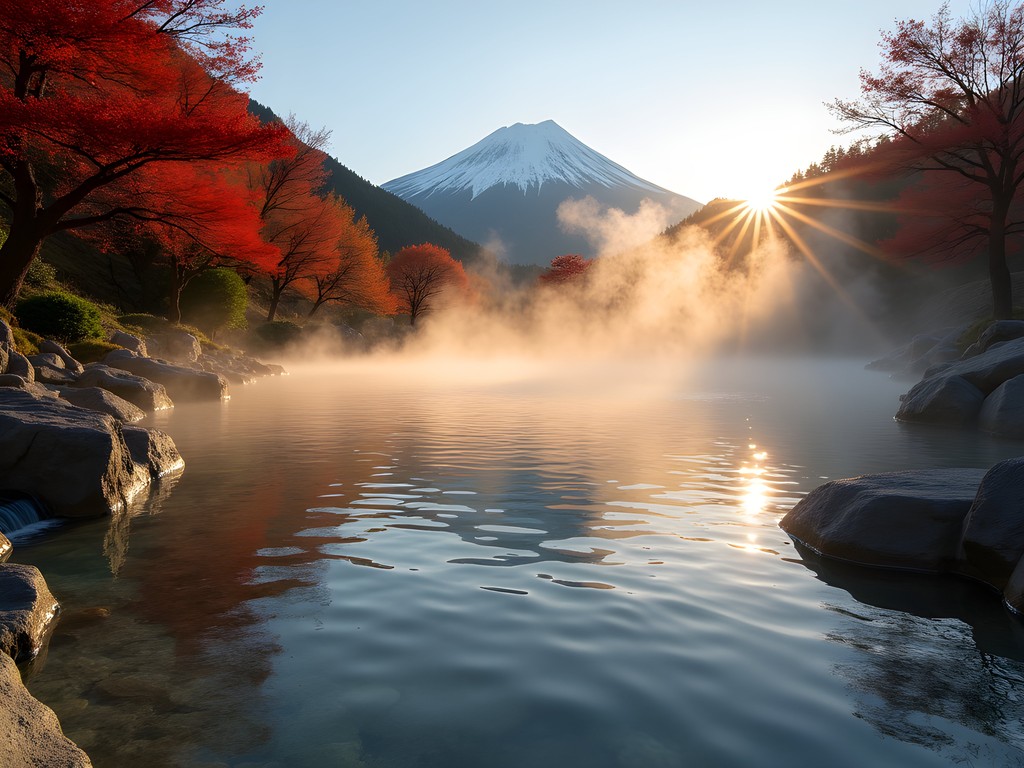
💡 Pro Tips
- Visit onsen facilities between 3-5 PM to avoid both the morning and evening crowds
- Remove all jewelry before entering mineral-rich waters to prevent discoloration
- Learn the basic onsen etiquette phrases in Japanese to show respect (the staff appreciates the effort)
Hakone's Ryokan Experience: Traditional Luxury Within Reach
For business travelers accustomed to chain hotels, a traditional ryokan inn offers a refreshing departure without sacrificing comfort. After years of sterile corporate accommodations, I've learned that authentic lodging transforms a trip from observation to immersion. Hakone features ryokans across all budget ranges, but I found the sweet spot in the mid-range category.
I stayed at Yoshimatsu, a 100-year-old traditional inn perched on a hillside overlooking Lake Ashi. At approximately ¥30,000 per couple (about $200-250 USD), it includes a multi-course kaiseki dinner and traditional Japanese breakfast. While this might seem steep compared to standard hotels, the value becomes apparent when you experience the comprehensive service and culinary artistry.
Your ryokan experience begins with a welcoming tea ceremony where staff members explain the property's amenities and dinner timing. You'll be provided with yukata robes and tabi socks – comfortable attire that's appropriate for both lounging in your room and visiting the property's onsen baths.
The rooms themselves feature tatami mat flooring, sliding paper doors, and minimalist aesthetics that create a sense of calm impossible to achieve in Western hotels. After dinner, staff members will transform your sitting area into a sleeping space by laying out futon bedding. I was initially concerned about sleeping on the floor (especially after hiking), but found the experience surprisingly comfortable with the travel pillow I always pack for long flights.
What truly distinguishes a ryokan stay is the attention to detail – from seasonal flower arrangements to the precise temperature of your tea. As someone who manages production timelines and quality control professionally, I found myself taking mental notes on how these traditional inns have perfected the art of service efficiency without sacrificing the human touch.

💡 Pro Tips
- Book a room with a private bath (many have outdoor tubs with mountain views) for the ultimate couple's experience
- Request dinner in your room for a more intimate dining experience rather than the communal dining hall
- Arrive at least an hour before dinner time to fully enjoy the welcome ceremony and property amenities
The Hakone Open-Air Museum: Unexpected Mountain Culture
While Hakone's natural beauty justifiably takes center stage, I was surprised by the cultural richness tucked between its mountain folds. The Hakone Open-Air Museum (Hakone Chokoku No Mori Bijutsukan) offers a perfect Sunday morning activity before heading back to Tokyo, especially if weather conditions turn less favorable for hiking.
Set against the backdrop of forested mountains, this outdoor sculpture park features over 100 modern art installations across sprawling grounds. What makes this museum particularly special is the harmonious integration of art with the natural environment – massive Henry Moore bronzes stand against mountain panoramas while Picasso's collection resides in a dedicated pavilion.
As someone who spends weekdays analyzing production efficiency, I found unexpected joy in the museum's symphonic stained-glass tower. Climbing the spiral staircase through kaleidoscopic light patterns provided a meditative counterpoint to my typically data-driven mindset.
For couples, the museum's various foot baths offer a romantic opportunity to rest between exhibits. Imagine soaking your feet in natural hot spring water while discussing the artworks you've just experienced – it's an intimate cultural experience unique to Hakone.
The museum café provides surprisingly excellent coffee and light meals with mountain views. I found myself lingering over lunch with my travel journal, sketching rough outlines of sculptures that particularly moved me and jotting down thoughts about how the art related to the surrounding landscape. These quiet moments of reflection have become some of my most treasured travel memories.

💡 Pro Tips
- Visit first thing Sunday morning (the museum opens at 9 AM) to photograph the sculptures without crowds
- Don't miss the Picasso Pavilion, which houses over 300 pieces by the master artist
- Bring a small towel for the foot baths scattered throughout the grounds
Final Thoughts
As my train pulled away from Hakone Sunday afternoon, I watched Mount Fuji's perfect cone recede into the distance, feeling that rare satisfaction of a weekend maximized. In just 48 hours, I'd hiked ancient pathways, soaked in healing waters, slept on tatami mats, and contemplated art against mountain vistas. Hakone exemplifies what I've learned through years of business travel: efficiency doesn't mean rushing through experiences, but rather making deliberate choices that yield the richest returns. For couples seeking to strengthen their connection through shared adventure, Hakone's blend of active exploration and restorative relaxation creates the perfect balance. Whether you're extending a business trip like me or planning a dedicated getaway, these hidden trails and mountain onsen offer an authentic Japanese experience that feels worlds away from Tokyo, despite being just 90 minutes by train. Pack light, plan smart, and prepare to be transformed by the magic of Mount Fuji's watchful silhouette.
✨ Key Takeaways
- Hakone offers the perfect balance of active adventure and romantic relaxation for couples
- Fall provides optimal conditions with comfortable hiking temperatures and spectacular foliage
- The region is easily accessible as a weekend trip from Tokyo with excellent public transportation
- Combining hidden hiking trails with authentic onsen experiences creates a uniquely Japanese mountain getaway
📋 Practical Information
Best Time to Visit
Mid-October to late November for fall foliage; April for cherry blossoms
Budget Estimate
$350-500 per couple for a weekend (including mid-range ryokan, meals, transportation, and activities)
Recommended Duration
2-3 days (perfect weekend extension to a Tokyo business trip)
Difficulty Level
Moderate - Some Hiking Trails Have Steep Sections Requiring Decent Fitness
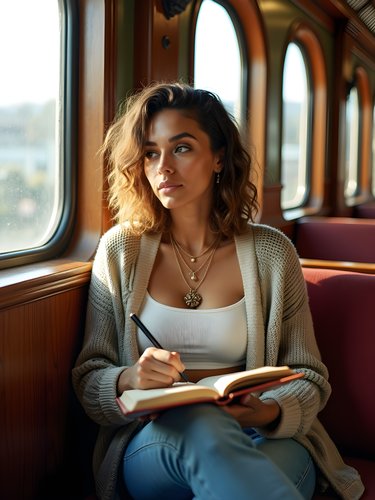

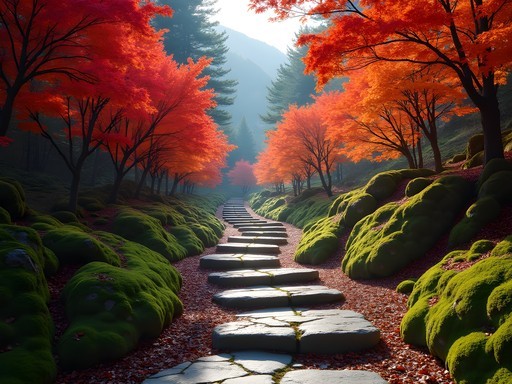
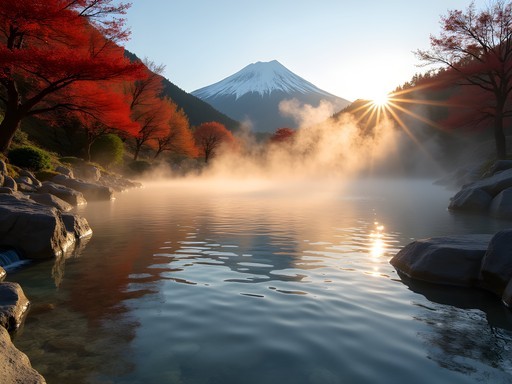
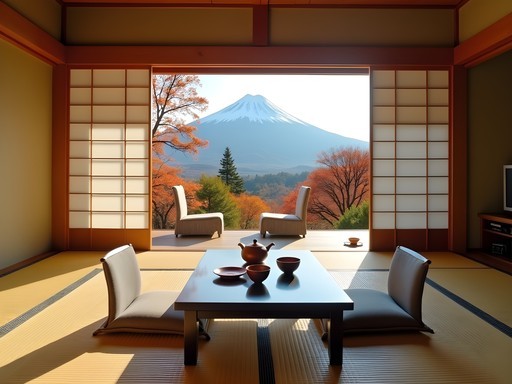
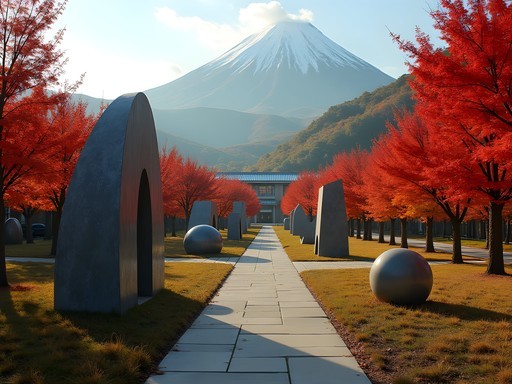


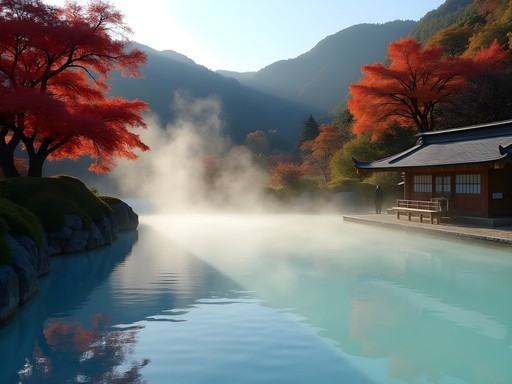
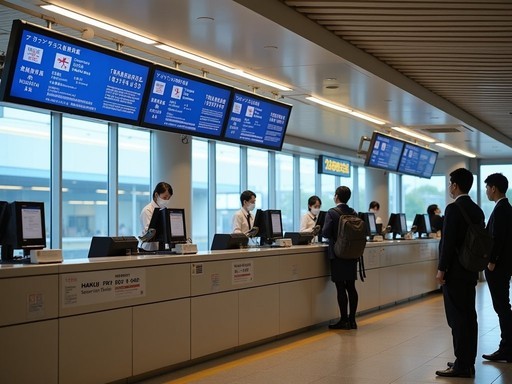

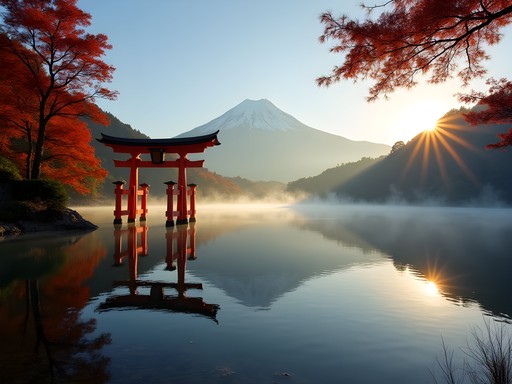


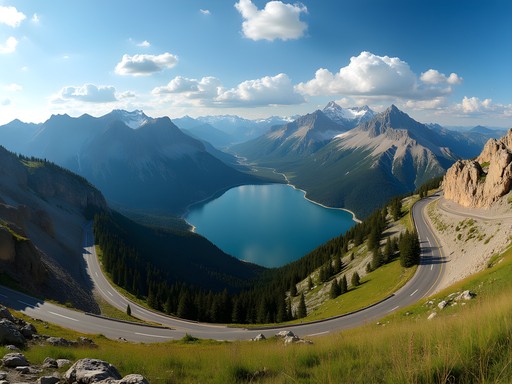

Comments
moonbuddy
First timer to Japan here! Is Hakone doable as a day trip from Tokyo or should I definitely stay overnight?
Abigail Matthews
You can do it as a day trip, but I'd really recommend at least one overnight stay. The onsen experience after dark is magical, and staying in a ryokan gives you a completely different perspective than just visiting during daytime hours. Plus, morning is often the best time for clear Fuji views!
greenwanderer
Definitely stay overnight! Day trip means you'll be rushing and miss the best part - relaxing in an onsen while watching the sunset. We did two nights and it felt perfect.
Sage Dixon
Abigail, your post captures the magic of Hakone perfectly! I've hiked those trails three times now and still discover new viewpoints. For anyone following your footsteps, I'd add that the trail from Tonosawa to Gora becomes absolutely spectacular in late November when the autumn colors hit. There's a section about halfway up with maple trees that create a natural red tunnel. If you're staying multiple nights, alternating between hiking days and onsen recovery days is the way to go. My favorite hidden gem: the tiny family-run soba restaurant near Miyanoshita Station - their tempura mountain vegetables are the perfect hiking fuel!
Taylor Moreau
Excellent piece on maximizing a business trip extension, Abigail. I've been doing the same for years and Hakone is indeed perfect for this purpose. Your transportation breakdown is spot-on - that Romance Car from Shinjuku is both efficient and scenic. For business travelers with limited time, I'd emphasize your point about booking a ryokan with private onsen. After client meetings in Tokyo, nothing beats that transition from suits to yukata. I found pocket wifi essential for navigating those lesser-known trails while still being reachable by email. Did you find the ryokan staff accommodating of business needs (late check-in, early breakfast, etc.)?
Abigail Matthews
Thanks Taylor! Yes, I found the ryokan incredibly accommodating. I emailed ahead about my late arrival from Tokyo meetings, and they were waiting with dinner ready. They also arranged an early breakfast the day I needed to catch the first train back. The service was impeccable!
greenwanderer
Just got back from Hakone last month and wish I'd read this before going! We missed some of these hidden trails and stuck to the more touristy routes. The Hakone Free Pass was definitely worth it though - we used it constantly for the ropeway, boats, and buses. One tip I'd add: if you're serious about seeing Fuji, check the weather forecast obsessively. We almost gave up after two foggy days, but stayed one extra night and woke up to perfect visibility. Also found that early morning (6-8am) offered the clearest views before clouds rolled in.
moonbuddy
So true about the morning views! We got up at 5:30am and it was totally worth it.
sunsethero
That shot of Mount Fuji reflected in Lake Ashi is incredible! Perfect timing with the light.
citynomad
How difficult were those hidden trails? Planning a trip but not sure about my fitness level!
Abigail Matthews
Most of the trails I mentioned are moderate - some elevation but nothing technical. The one from Tonosawa to Gora is steeper but has steps in most places. If you're concerned, the lakeside paths are much gentler and still offer great views!
citynomad
Thanks! Lakeside paths sound perfect for us.
skyrider
This post is giving me major flashbacks to my Hakone trip last year! Those hidden trails are absolutely magical - we did the one past Owakudani and had the BEST views of Fuji-san when the clouds cleared. Totally agree about staying at a ryokan with private onsen - worth every yen after a long hike. Did you try any of the black eggs while you were at the volcanic area? They say each one adds 7 years to your life!
Abigail Matthews
I did try the black eggs! Whether they add 7 years or not, they were definitely a unique experience. The sulfur smell was... memorable! 😂
skyrider
Haha yes! My partner couldn't handle the smell but I thought they tasted just like regular eggs. The whole area is otherworldly though!
Frank Carter
Abigail, your approach to extending business trips resonates deeply with me. I've been doing the same thing for years, though I usually tack on 3-4 days instead of just a weekend. Hakone was a highlight of my Japan travels as well. For anyone reading who's concerned about language barriers on the trails, I found that downloading offline maps and having a few key phrases written down in Japanese made all the difference. The locals I encountered were incredibly kind when I got slightly lost on a side trail. There's something special about how the Japanese hospitality extends from the polished ryokans all the way to chance encounters on mountain paths. Did you find the autumn colors as spectacular as I did? October is truly magical there.
Abigail Matthews
Frank, you're so right about the autumn colors! October was perfect timing - the momiji maples were just starting to turn that brilliant red against the evergreens. And good tip about the offline maps, absolutely essential!
springbackpacker
Just booked my ryokan stay for next month after reading this! So excited!
hikingking
The way you described that outdoor onsen experience with Mount Fuji in the background is EXACTLY why I love Japan! Nothing beats soaking in volcanic hot springs after a good hike. I've found my travel towel perfect for these onsen trips - quick-drying for when you're hopping between different baths!
Venture X
Premium card with 2X miles, $300 travel credit, Priority Pass